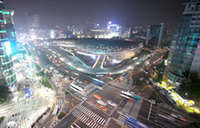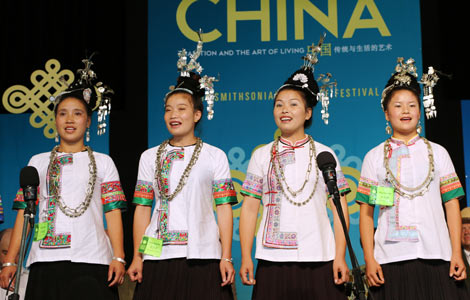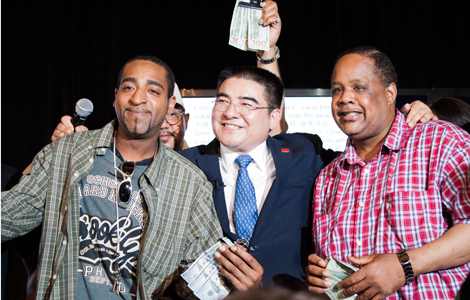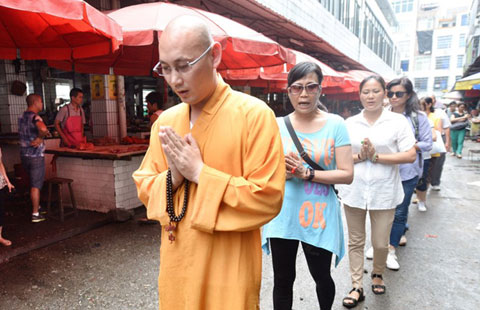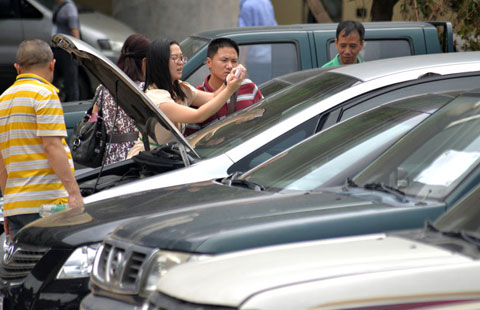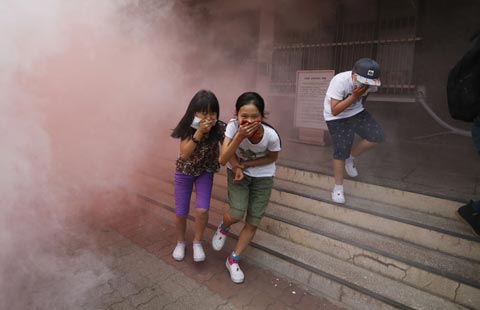Heart & Seoul
Updated: 2014-06-26 10:32
(Shanghai Star)
|
||||||||
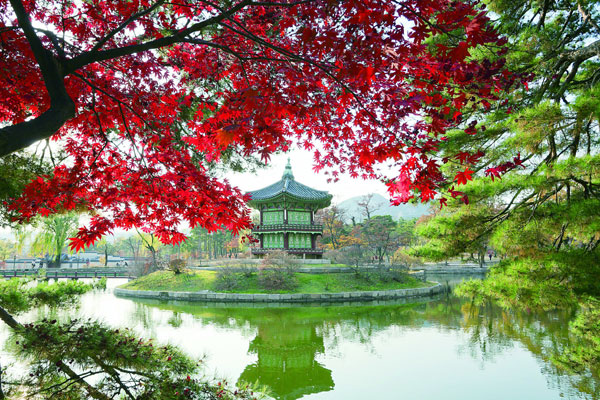 |
|
Photo provided to Shanghai Star. |
Gyeongbokgung stands as a symbol of South Korea’s past and present. Judith Huang visits the palace and experiences history at close quarters.
Once the main palace of the kings of Korea during the Joseon dynasty, it was devastated by the Japanese during the years of invasion. Now, its restoration is a symbol of national sovereignty.
|
South Korea plays up pop culture to attract Chinese tourists |
First built in 1395 by King Taejo, the founder of the Joseon dynasty, the Gyeongbokgung, or Palace Greatly Blessed by Heaven, is still opposite the seat of power in Seoul now, as the Blue House or Cheongwadae now sits on one of its former gardens.
The Blue House is the executive office and official residence of the South Korean head of state.
Gyeongbokgung is situated on a site with excellent fengshui, with Mount Bugak providing a backdrop to its elegant emerald green buildings. Fengshui is the art of geomancy that defines the flow of natural energy.
Guards flank Gwanghwamun, the main gate, and the hourly changing of the guard ceremony from 10 am in the morning till 3 pm is one of tourists’ favourite sights.
The atmosphere in the palace is serene and peaceful as tourists are absorbed into the spacious surroundings, scattering to different parts of the complex.
Walking past layer after layer of gates and courtyards, one is faced with a gradual ascent to where the king would have held court in imperial times, even as Mount Bugak looms in the distance.
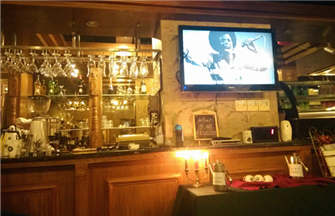
 Jackson fans mark anniversary of star's death
Jackson fans mark anniversary of star's death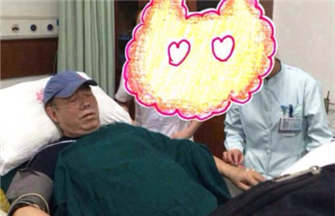
 Chen Kaige out of hospital
Chen Kaige out of hospital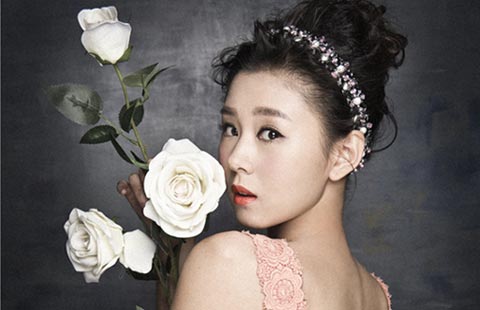
 Photoshoots of actress Li Xiaomeng
Photoshoots of actress Li Xiaomeng
 Council of Fashion Designers of America Awards
Council of Fashion Designers of America Awards
 Fan Bingbing, first Chinese actress in Barbie Hall of Fame
Fan Bingbing, first Chinese actress in Barbie Hall of Fame
 Awarding ceremony of 2014 hito Pop Music held in Taipei
Awarding ceremony of 2014 hito Pop Music held in Taipei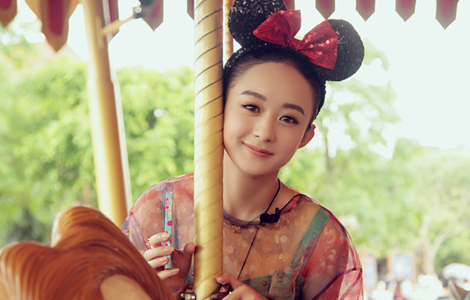
 Zhao Liying's photo shoot for Children's Day
Zhao Liying's photo shoot for Children's Day
 'Taken 2' grabs movie box office crown
'Taken 2' grabs movie box office crown
Most Viewed
Editor's Picks
|

|

|

|

|
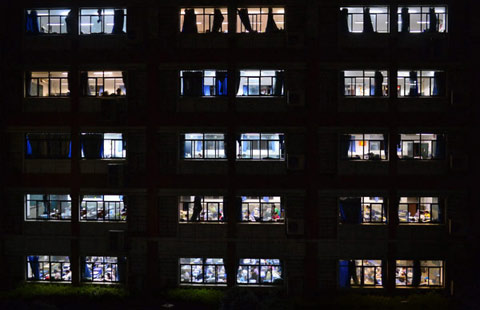
|
Today's Top News
Envoy rejects a 'zero-sum' strategic race
Chen Guangbiao's charity event provides lunch, no cash
Google unveils new products
Overseas services boosted by Alipay
Opinion: Fine twist in Sino-US military ties
Bigger Apple iPhones said to start mass output soon
Chinese investors discovering lure of Motor City
Pilots' 'mismanagement' causes Asiana crash
US Weekly

|

|
